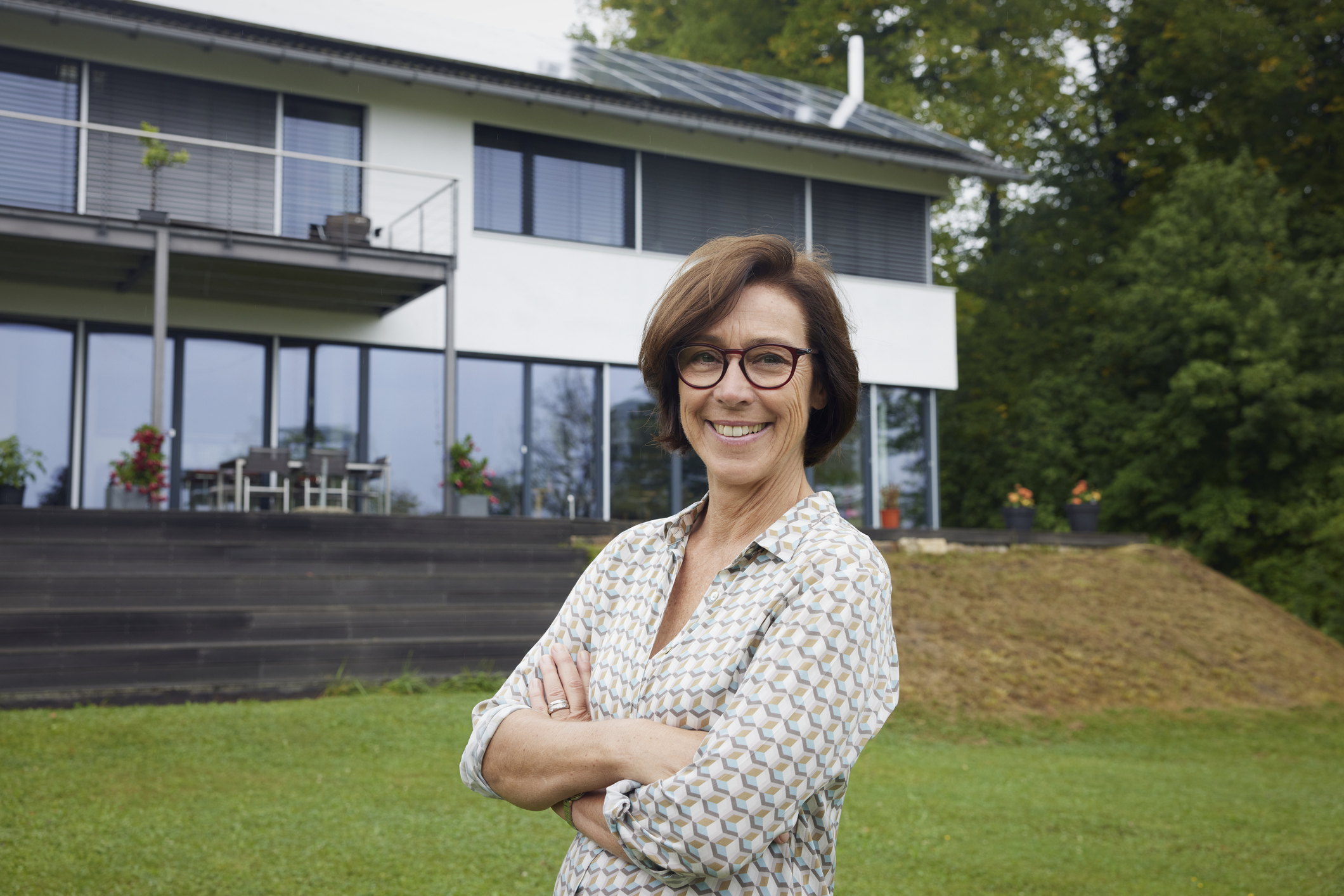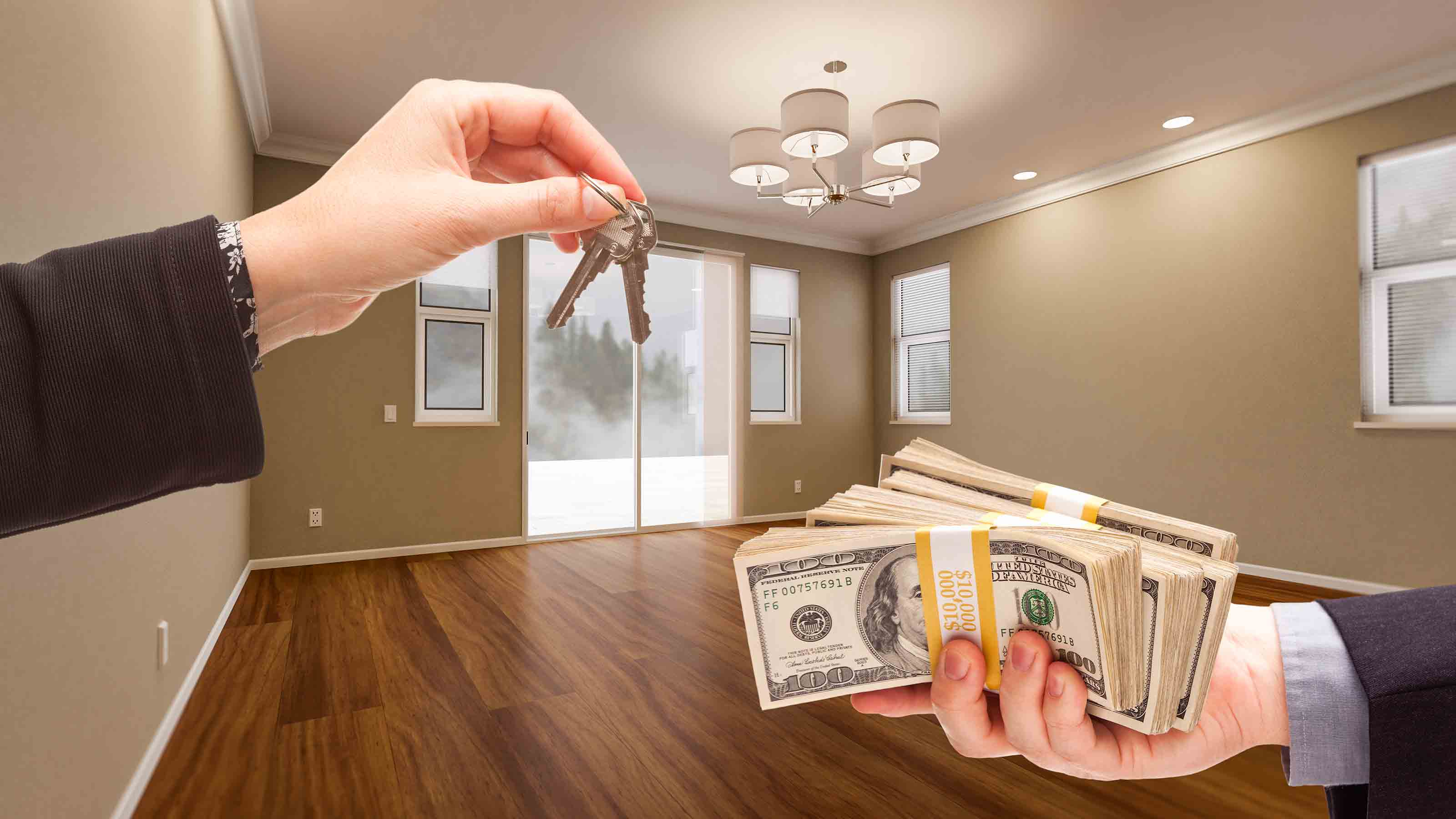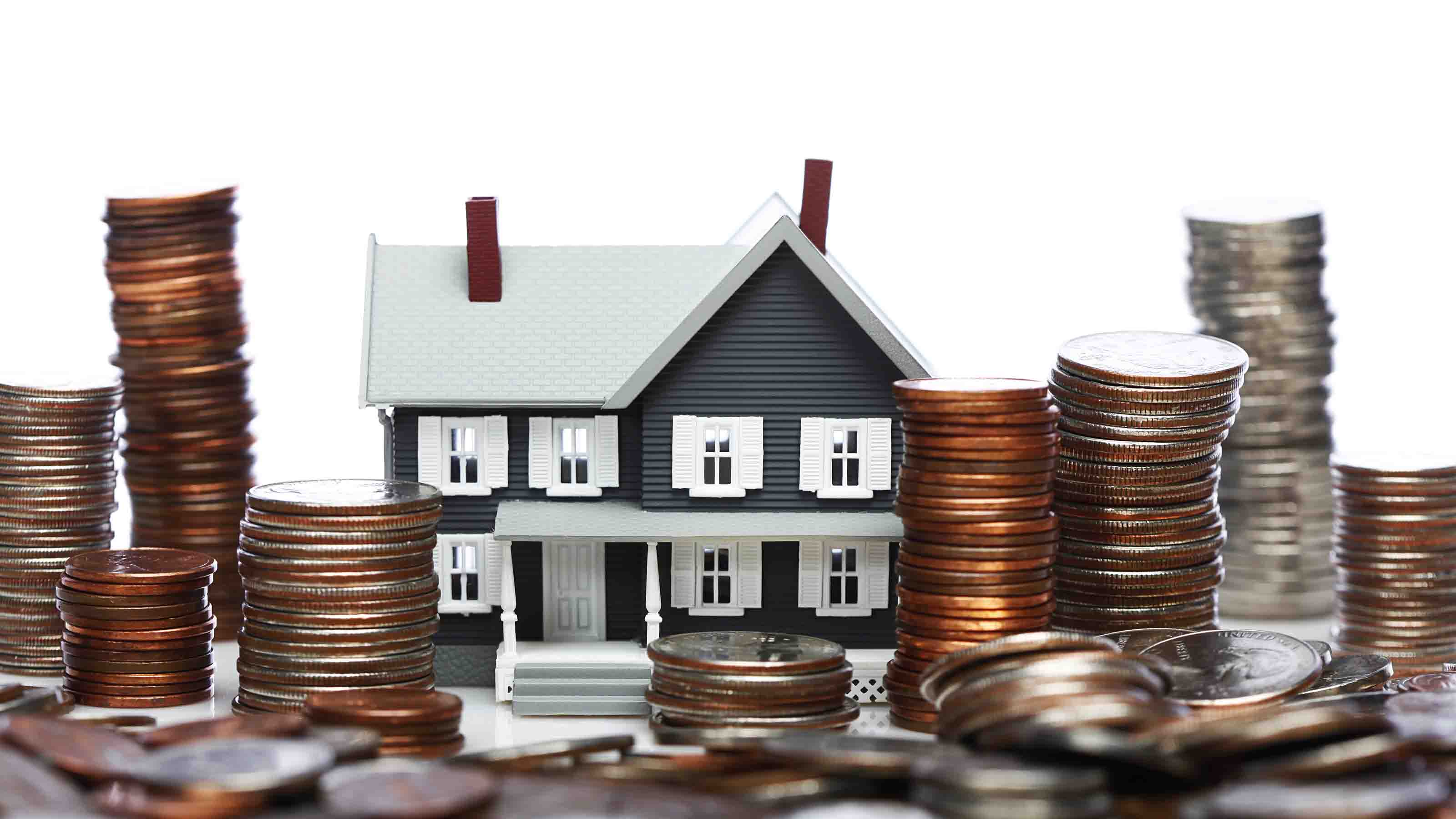Cheap Ways to Improve Curb Appeal
Boost your home's value by sprucing up your yard with these budget-conscious tips.

Walk across the street from your house, turn around, take a good look at your yard and ask yourself if you're impressed by what you see -- or just plain depressed.
We can't all have yards worthy of being on the cover of a landscaping magazine. Those yards generally come with a high price tag. But a little cash can go a long way to improve your home's curb appeal. In fact, with existing homes selling at the slowest rate in a decade, if your house will be on the market, you can't afford not to spend some money and time on landscaping that will distinguish your house from others.
So we asked landscape professionals how homeowners could get the most bang for their landscaping buck within certain budgets: $100, $500, $1,000 and $2,000. They even threw in a few ideas for ways you can improve your yard without spending a cent.

Sign up for Kiplinger’s Free E-Newsletters
Profit and prosper with the best of expert advice on investing, taxes, retirement, personal finance and more - straight to your e-mail.
Profit and prosper with the best of expert advice - straight to your e-mail.
Make a plan first
Regardless of your budget, before you grab a shovel or head to a nearby garden center, you need to determine your goals and ask yourself some questions to ensure your money is well spent, says Tara Vincenta, founder of Artemis Landscape Architects, in Brookfield, Conn.
Are you trying to improve your yard so you can enjoy it for years to come or to increase your chances of selling your house? Do you live in the city, 'burbs or countryside? What is your home's architectural style? Do you live in a wet or arid climate? Are deer or other wildlife an issue? "All these considerations can affect your approach," Vincenta says.
You don't want to waste money on plants that require full sun if your yard is in the shade. Nor do you want to try to replicate that cool, modern landscape design you saw on TV with your Victorian home -- especially if you're trying to sell it. The kind of person who would be interested in your home would want a garden that complements it.
"Do research before you go to a garden center and buy at random, or you'll end up with a hodgepodge," Vincenta says.
For $100, you can ...
Create a welcoming entrance with one or two big pots filled with colorful plants. "A plant in a pot looks much bigger than when you put it in the ground," says landscape architect Sam Williamson, owner of Samuel H. Williamson Associates, in Portland, Ore.
Make a significant impact on your landscape with a few 5-gallon trees for about $35 each, if you plan to stay in your home for at least five years, says landscape architect David Keith, owner of Arbor Studio, in Blanco, Tex. Smaller trees also tend to acclimate better.
Buy seeds, such as a mix of wildflowers, and cover much more ground than $100 worth of plants.
For $500, you can ...
Invest in a couple of great architectural pots that make a statement at your entrance, Vincenta says. Add rounded boxwoods for a classic look, or try a seasonal planting of ornamental grasses, and colorful annuals and trailing plants for an eye-catching display.
Add a bench or garden ornament, such as a trellis or birdbath, to a key spot or a nice mailbox and with some plantings for at? the base.
Pay someone to professionally prune or selectively remove (and replace) overgrown bushes.
Spruce up your foundation plantings with a border of long-blooming perennials. Vincenta says to use just two varieties (a dozen or more of each) for more impact and add fresh mulch for a professional look.
For $1,000, you can ...
Redo an area of your garden or even a small backyard, Williamson says.
Hire a landscape designer or architect to create a plan that you can install or to develop a solution to a nagging problem in your yard, says landscape architect Andy Wright, of Landworks, in Edwardsville, Kan.
Add several evergreen plants, both trees and shrubs, to punctuate an entrance, create year-round color in your yard or block a bad view.
Go green by creating a rain garden that will capture and filter runoff from your roof. Vincenta says there are a lot of resources online to help you.
Remove your lawn and replace it with meadow grasses, wildflowers or ground cover. The larger the portion of lawn you remove, the less time and money you'll spend on mowing and fertilizing grass, say both Keith and landscape desinger Barry Block, owner of Barry Block Landscape Design & Contracting, in East Moriches, N.Y.
Install landscape lighting to illuminate the path to your front door.
Buy a small, freestanding water feature, and add rocks, boulders and plantings to make it look natural.
For $2,000, you can ...
Improve your front walkway. You may not be able to replace the entire walkway, but Vincenta says you can make repairs, add a row of bricks or pavers along the edge, or cut out a section and create a pattern to add interest.
Expand your existing plant beds. Redo the straight line of plants at your house's foundation with a much wider bed that has sweeping curves. Layer your plantings with taller shrubs in the back and lower plantings and flowers in the front. And replace any overgrown or dying? plants.
Xeriscape. Replace your lawn with stones, boulders and drought-resistant plants if you live in an arid or fire-prone area.
For free, you can ...
Clean up existing plant beds by removing weeds and overgrown plants.
Prune shrubs -- but not into an unnatural ball or square shape.
Trim tree branches that hang too low and create hazards.
If you're trying to impress potential buyers -- or even guests -- "nothing is worse than having unkempt grounds," says Block. An unruly yard is an immediate turnoff, and buyers might assume you're not maintaining the home well, either.
To get ideas, see our Yard Makeovers for Less slide show.
Get Kiplinger Today newsletter — free
Profit and prosper with the best of Kiplinger's advice on investing, taxes, retirement, personal finance and much more. Delivered daily. Enter your email in the box and click Sign Me Up.

Award-winning journalist, speaker, family finance expert, and author of Mom and Dad, We Need to Talk.
Cameron Huddleston wrote the daily "Kip Tips" column for Kiplinger.com. She joined Kiplinger in 2001 after graduating from American University with an MA in economic journalism.
-
 Stock Market Today: Great Power Affairs Mesmerize Markets
Stock Market Today: Great Power Affairs Mesmerize MarketsThe U.S. and China are at least talking about talking about tariffs, and investors, traders and speculators are showing a little less fear.
By David Dittman
-
 Is Walmart Plus Worth It?
Is Walmart Plus Worth It?There are tons of exciting Walmart Plus benefits – but are they worth the $98 annual fee?
By Rachael Green
-
 How to Search For Foreclosures Near You: Best Websites for Listings
How to Search For Foreclosures Near You: Best Websites for ListingsMaking Your Money Last Searching for a foreclosed home? These top-rated foreclosure websites — including free, paid and government options — can help you find listings near you.
By Bob Niedt
-
 Luxury Home Prices Rise as the Rich Dodge High Mortgage Rates
Luxury Home Prices Rise as the Rich Dodge High Mortgage RatesLuxury home prices rose 9% to the highest third-quarter level on record, Redfin reports, growing nearly three times faster than non-luxury prices.
By Kathryn Pomroy
-
 Four Tips for Renting Out Your Home on Airbnb
Four Tips for Renting Out Your Home on Airbnbreal estate Here's what you should know before listing your home on Airbnb.
By Miriam Cross
-
 Five Ways to Shop for a Low Mortgage Rate
Five Ways to Shop for a Low Mortgage RateBecoming a Homeowner Mortgage rates are high this year, but you can still find an affordable loan with these tips.
By Daniel Bortz
-
 Looking to Relocate? Plan for Climate Change
Looking to Relocate? Plan for Climate Changebuying a home Extreme weather events are on the rise. If you’re moving, make sure your new home is protected from climate change disasters.
By Rivan V. Stinson
-
 Retirees, A Healthy Condo Has a Flush Reserve Fund
Retirees, A Healthy Condo Has a Flush Reserve FundSmart Buying Reserve funds for a third of homeowner and condo associations have insufficient cash, experts say. Here are some cautionary steps you should take.
By Patricia Mertz Esswein
-
 Cash Home Buyers: New Services Offer Help Making All-Cash Offers
Cash Home Buyers: New Services Offer Help Making All-Cash OffersBecoming a Homeowner Some firms help home buyers make all-cash offers on homes. Weigh the fees before you sign on.
By Emma Patch
-
 Home Sale Prices in the 50 Largest Metro Areas
Home Sale Prices in the 50 Largest Metro AreasBecoming a Homeowner What’s happening in the market where you live?
By the editors of Kiplinger's Personal Finance